Given that the main driver of evolution is the environment which selects for characteristics which give the species an enhanced ability to reproduce, or against characteristics which reduce reproductive ability, it is predictable the similar environments will result in similar solutions to the problem of survival. We would expect then that, especially when starting from the same basic body plan, that similar species will arise in different places, in taxons that are only distantly related.
That this prediction of the Theory of Evolution is what we can readily observe, would be taken by rational people as good evidence that the TOE is correct. Not so, with Creationists, however, for whom no evidence will dissuade them from an opinion that isn't based on evidence.
Curiously, Creationist cult leaders continue to tell their credulous dupes that it is actually the TOE that is being increasingly rejected by mainstream science, despite the abundant evidence that it can make accurate predictions, and the evidence of articles such as the following recent article, reprinted from The Conversation under a Creative Commons license, that biologists regard the TOE as the fundamental theory underpinning biology and making sense of what can be observed.
The article by Professor Matthew Wills, Professor of Evolutionary Palaeobiology at the Milner Centre for Evolution, University of Bath, UK, explains why the same forms recur in living organisms. It has been reformatted for stylistic consistency. The original can be read here:

Crabs have evolved five separate times – why do the same forms keep appearing in nature?
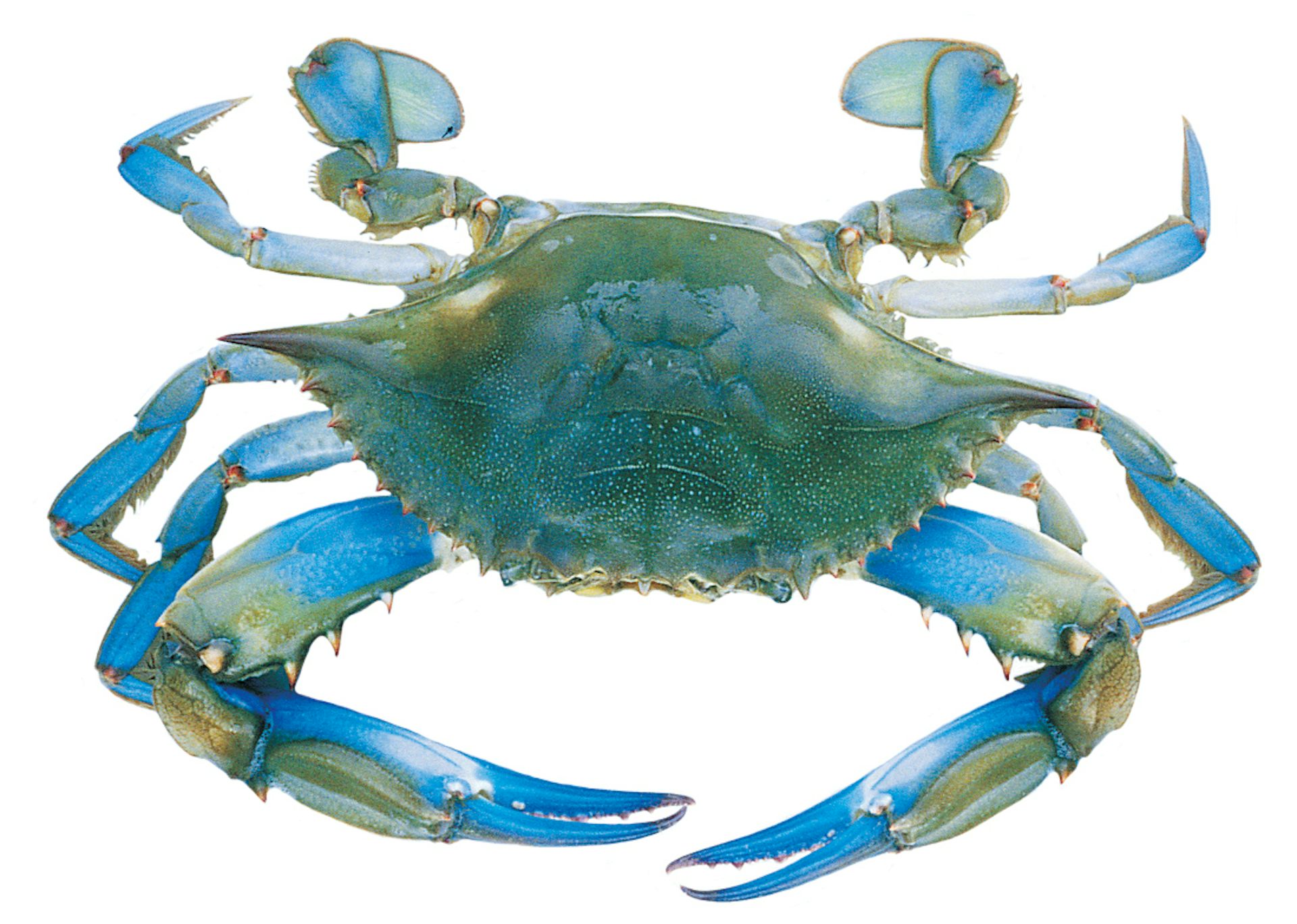
Blue crab.
Scientists have long wondered whether there are limits to what evolution can do or if Darwin had the right idea. The truth may lie somewhere between the two.
While there doesn’t seem to be a ceiling on the number of species that might evolve, there may be restraints on how many fundamental forms those species can evolve into. The evolution of crab-like creatures may be one of the best examples of this, since they have evolved not just once but at least five times.
Crabs belong to a group of crustaceans called decapods – literally “ten footed”, since they have five pairs of walking legs. Some decapods, like lobsters and shrimp, have a thick, muscular abdomen, which is the bulk of the animal that we eat. With a quick flick of their abdomen lobsters can shoot off backwards and escape predators.
Crabs, by contrast, have a compressed abdomen, tucked away under a flattened but widened thorax and shell. This allows them to scuttle into rock crevices for protection. Evolution repeatedly hit upon this solution because it works well under similar sets of circumstances.
Five groups of “crabs”
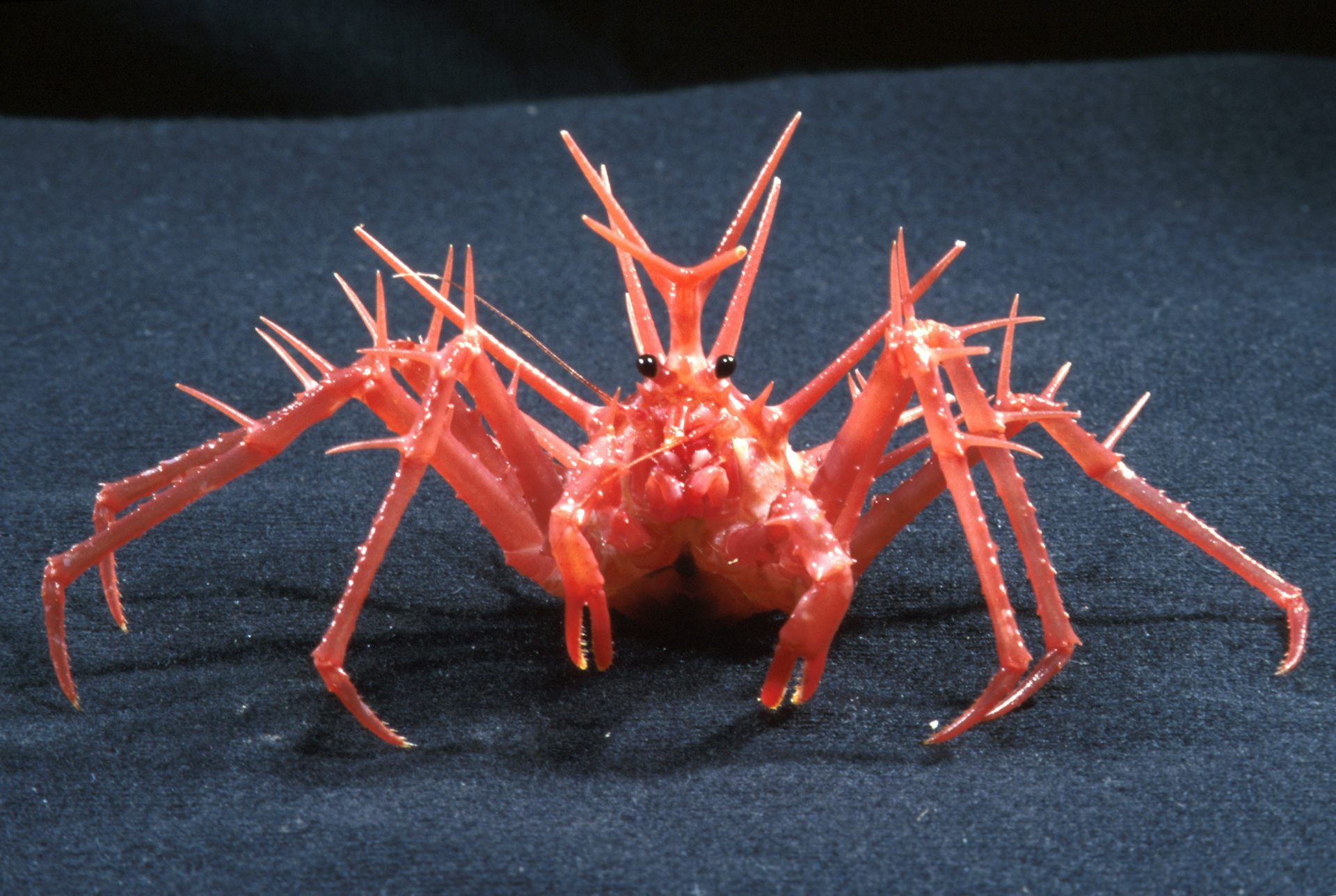
King crabs evolved from lobster-like ancestors within the Anomura.
Credit: By CSIRO, CC BY 3.0, CC BY
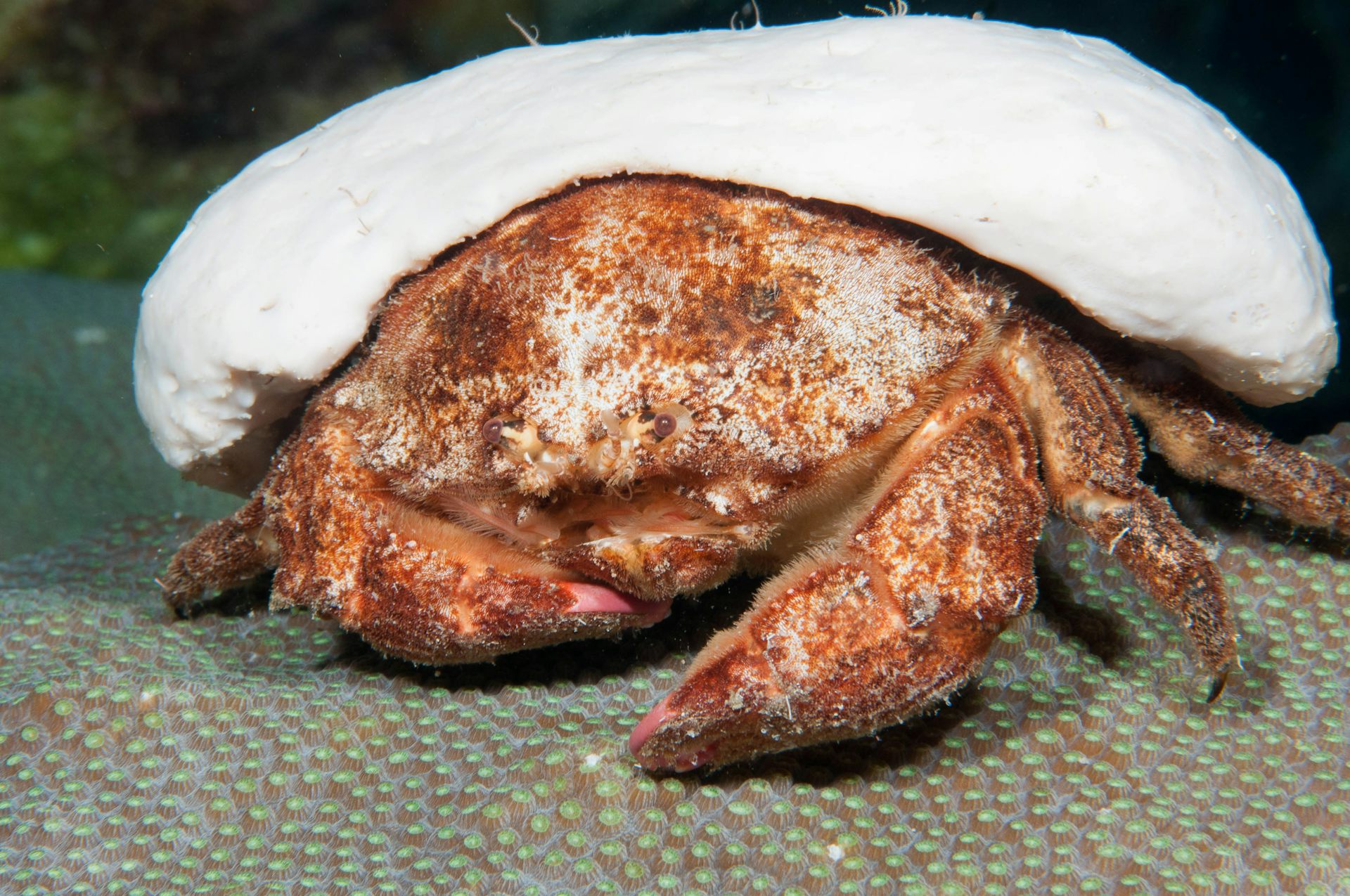
Redeye sponge crabs carry sponges with them for camouflage.
Credit: Porco_Rosso/Shutterstock

Porcelain crabs superficially resemble true crabs.
Credit: volkan yenel/Shutterstock
This means “crabs” aren’t a real biological group. They are a collection of branches in the decapod tree that evolved to look the same.
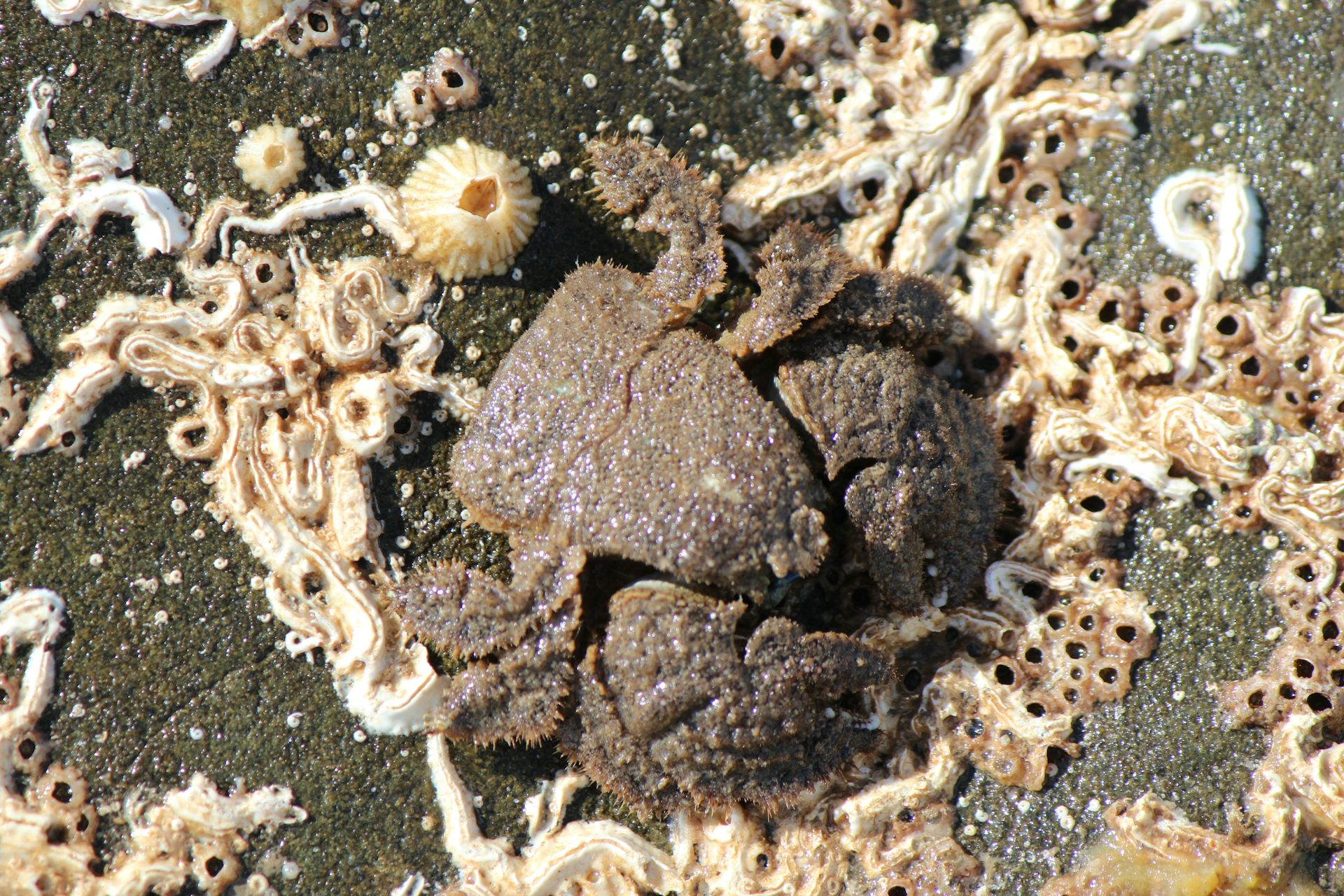
Hairy stone crab (Lomis hirta)
Credit: Tim Binns/Wikimedia, CC BY-SA
Something similar happened in the evolution of birds from feathered dinosaurs. Feathers may have first evolved for insulation, to attract mates, for protecting eggs and possibly also as “nets” for catching prey. Millions of years later, feathers elongated and streamlined for flying.
Palaeontologists disagree about the details, but all modern birds (Neoaves) evolved from ground-dwelling ancestors just after the mass extinction that wiped out the other dinosaurs. However, feathered wings and flight also evolved earlier in other groups of dinosaurs, including troodontids and dromaeosaurs. Some of these, like Microraptor, had four wings.
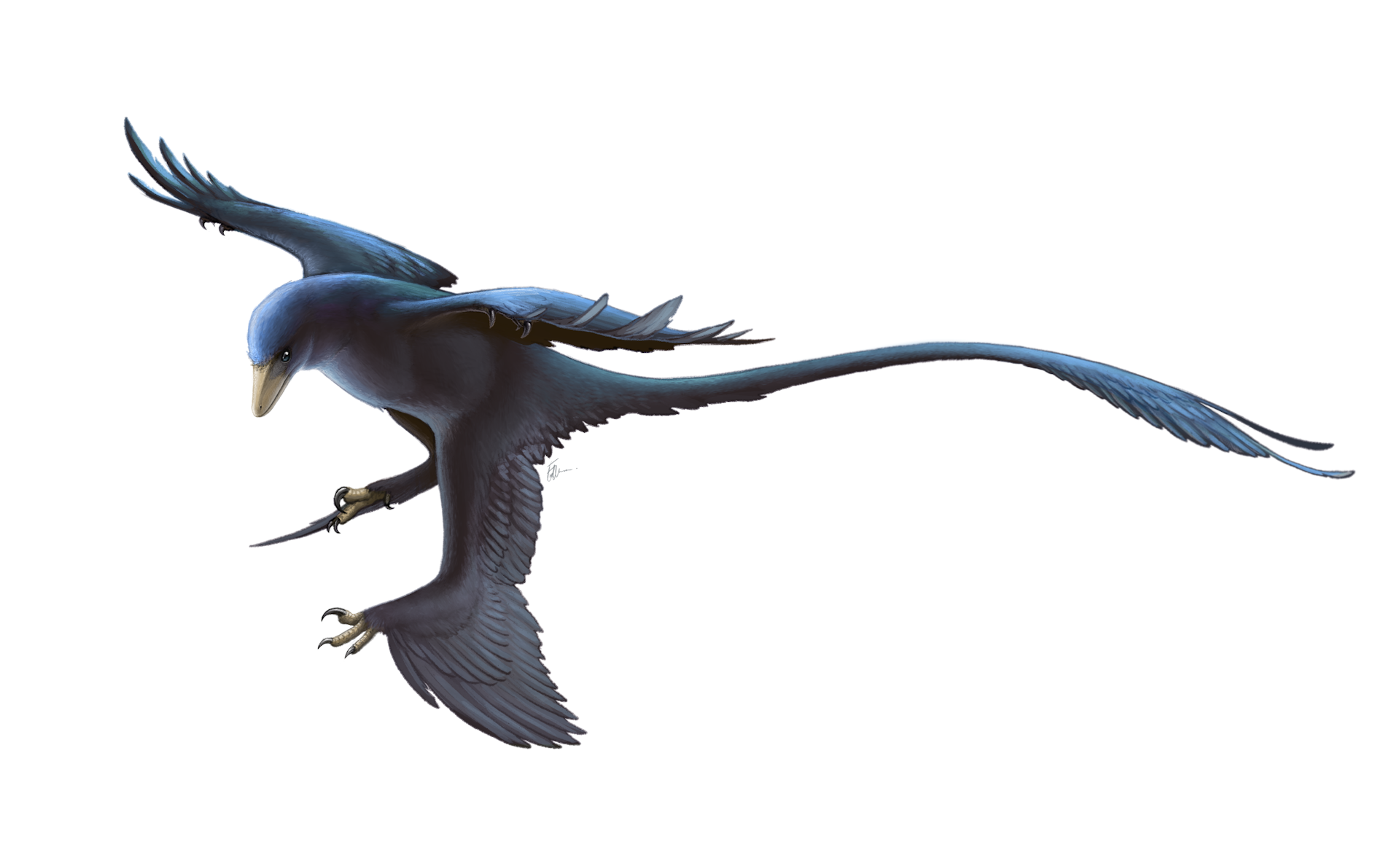
Microraptors had two pairs of wings.
Credit: CC BY
Unfortunately we can’t run evolutionary experiments to see if the same things keep happening because that would take hundreds of millions of years. But the history of life has already done something similar to that for us, when closely related lineages evolve and diversify on different continents. In many cases, these ancestral lines repeatedly came up with the same or almost identical solutions to problems.
One of the best examples is our own group, the mammals.
There are two major groups of living mammals. The placentals (including us) and the marsupials (pouched mammals who give birth to tiny young). Both groups evolved from the same common ancestor over 100 million years ago, the marsupials largely in Australasia and the Americas and the placentals elsewhere.
This isolation led to two almost independent runs of the “experiment” to see what could be done with the mammal bodyplan. There are marsupial and placental versions of moles, mice, anteaters, gliders, and cats. There was even a marsupial wolf (the thylacine, extinct in 1936), whose skull and teeth match those of the placental wolf in astonishing detail.

Skulls of the marsupial thylacine (left) and placental wolf (right) show striking convergence, despite evolving apart on different continents.
Eyes more generally may have evolved independently up to 40 times in different groups of animals. Even box jellyfish, which don’t have a brain, have eyes with lenses at the bases of their four tentacles.
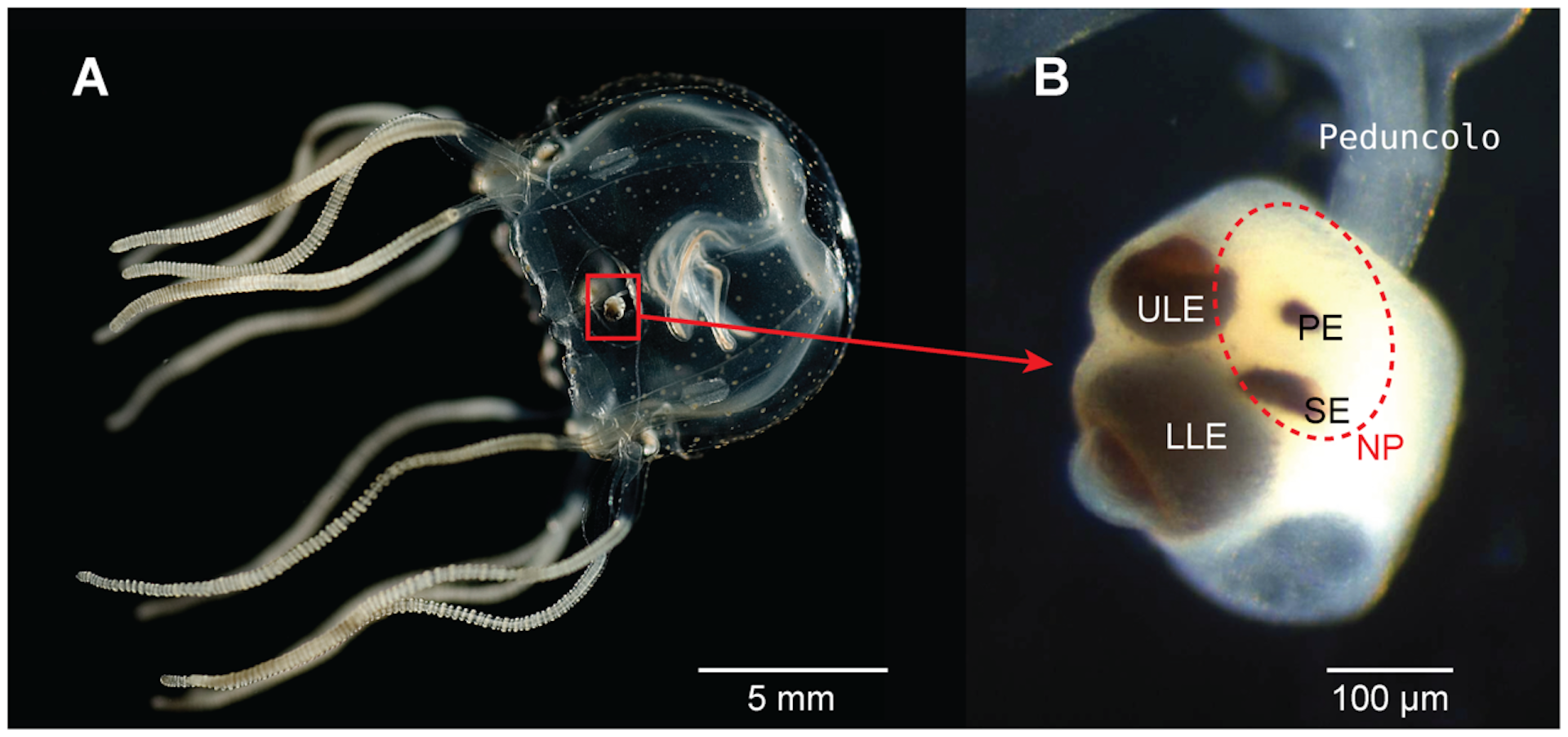
The eyes of the box jellyfish. These invertebrates from near the base of the animal tree of evolution have complex eyes.
More recently, scientists discovered convergence also happens at the molecular level. The opsin molecules in eyes that convert photons of light into chemical energy and enable humans to see have a tight resemblance to those in box jellyfish, and evolved that way in parallel. Even more bizarrely, animals as different as whales and bats have striking convergence in the genes that enable them to echolocate.
Are humans really unique?
Many of the things we like to think make humans special have been reinvented by evolution elsewhere. Corvids like crows and ravens have problem-solving intelligence and, along with owls, can use simple tools.
Whales and dolphins have complex social structures, and their big brains allowed them to develop language. Dolphins use tools like sponges to cover their noses while they forage across stony sea bottoms. Octopuses also use tools and learn from watching what happens to other octopuses.
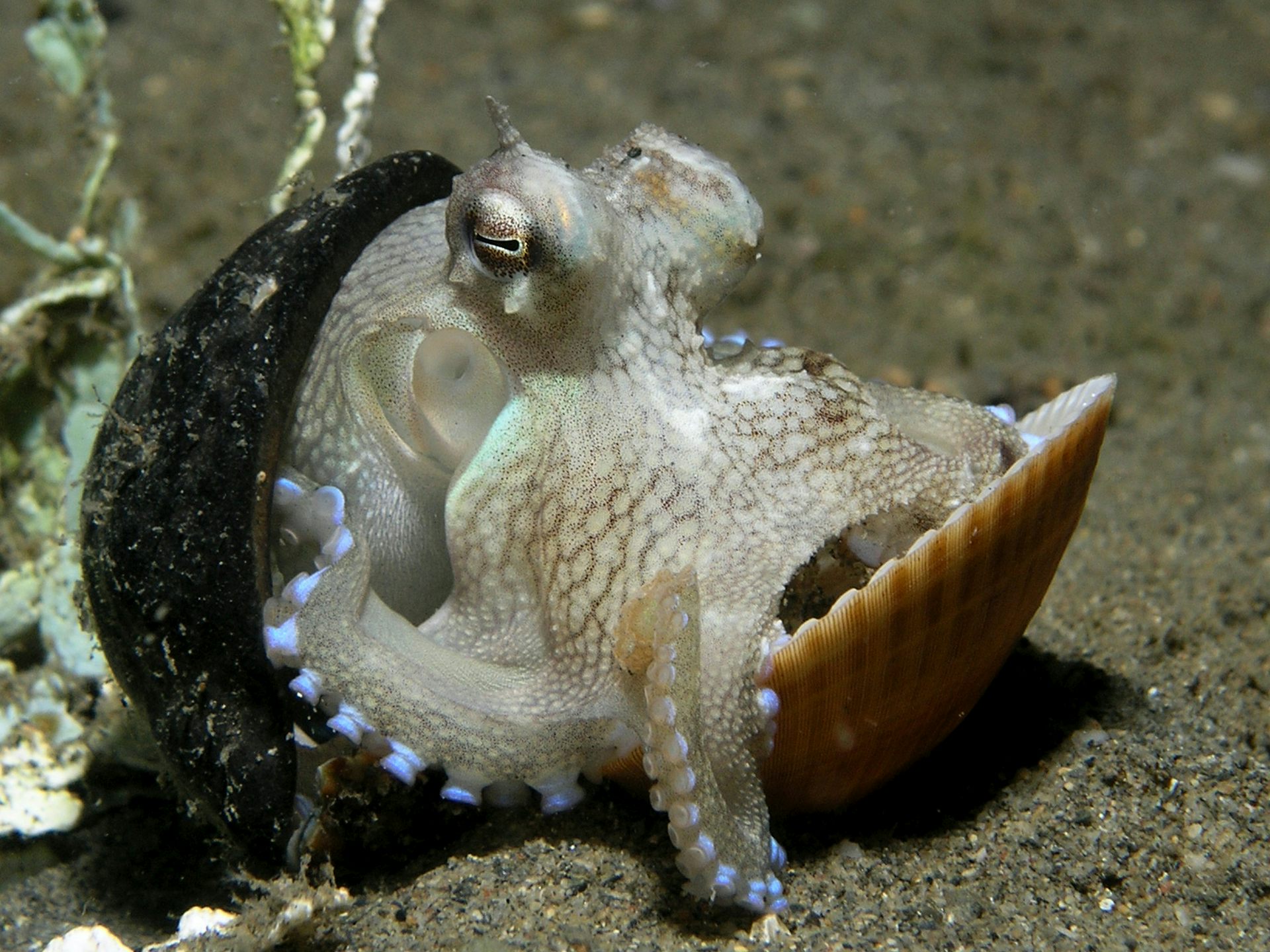
Octopus marginatus hiding between two shells from East Timor.
Credit: Nick Hobgood, CC BY
Matthew Wills, Professor of Evolutionary Palaeobiology at the Milner Centre for Evolution, University of Bath



No comments:
Post a Comment
Obscene, threatening or obnoxious messages, preaching, abuse and spam will be removed, as will anything by known Internet trolls and stalkers, by known sock-puppet accounts and anything not connected with the post,
A claim made without evidence can be dismissed without evidence. Remember: your opinion is not an established fact unless corroborated.